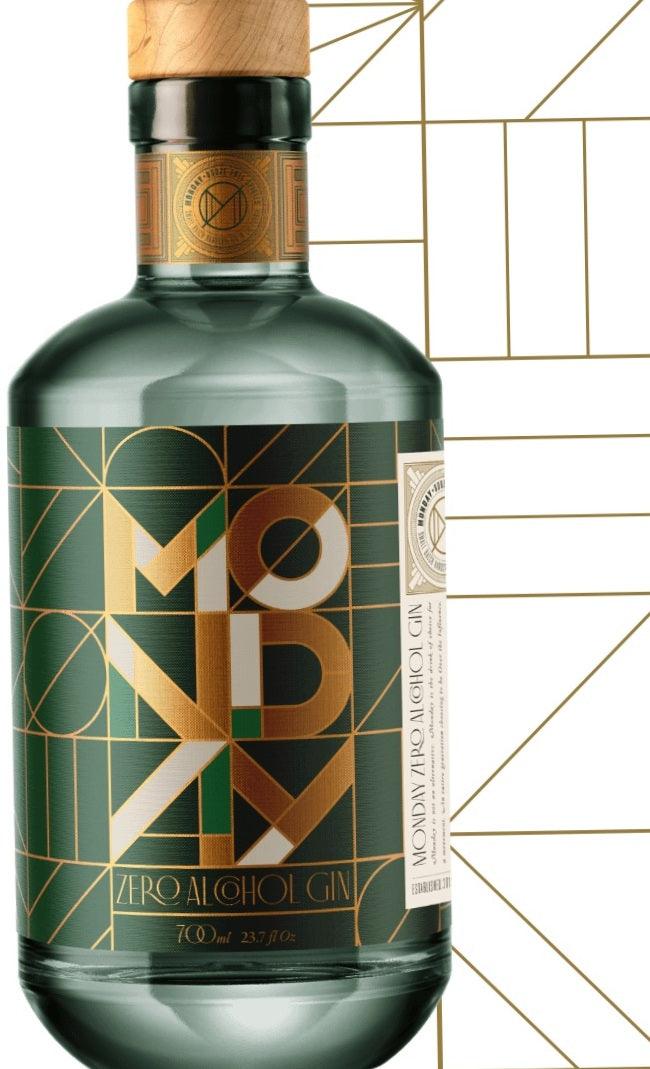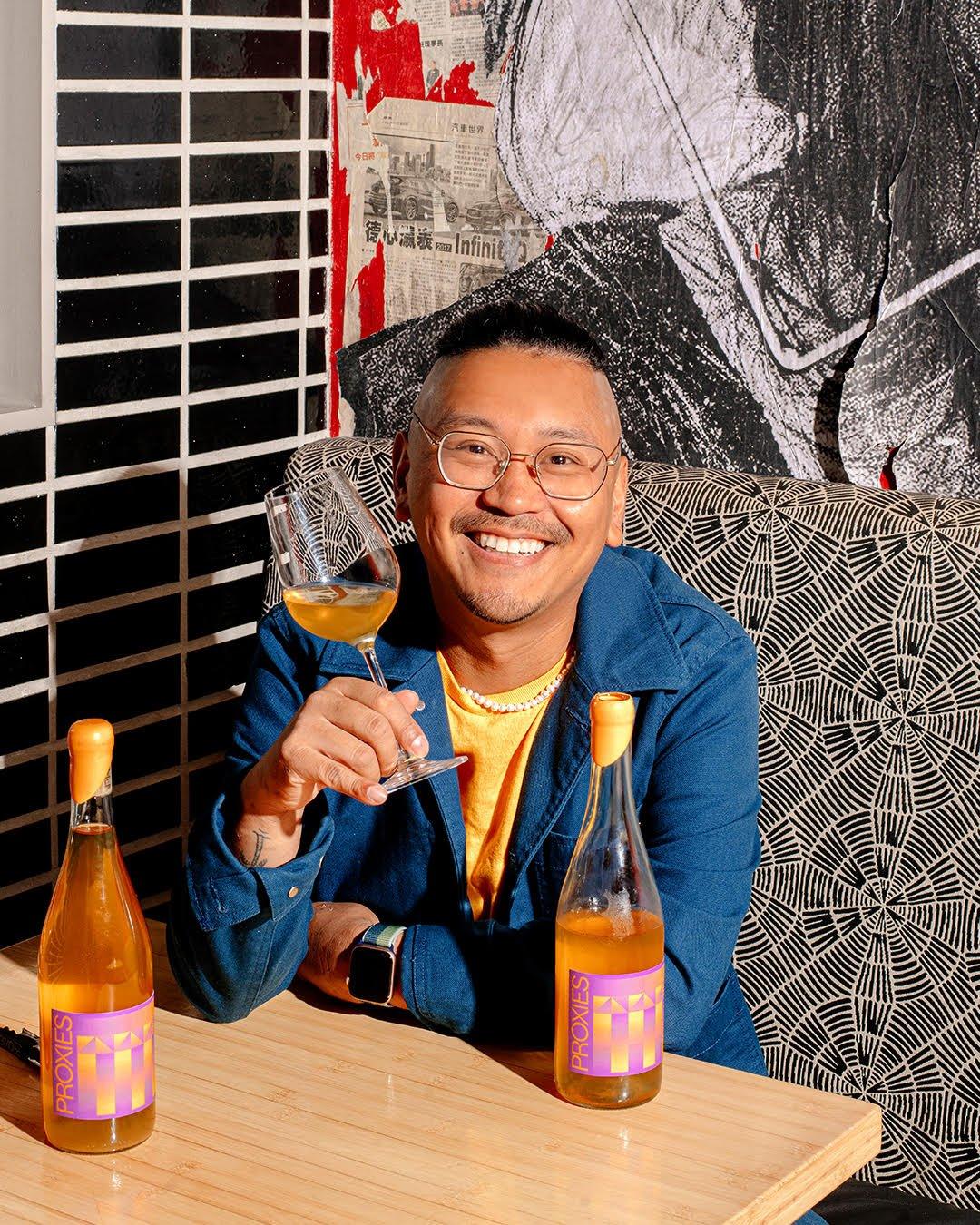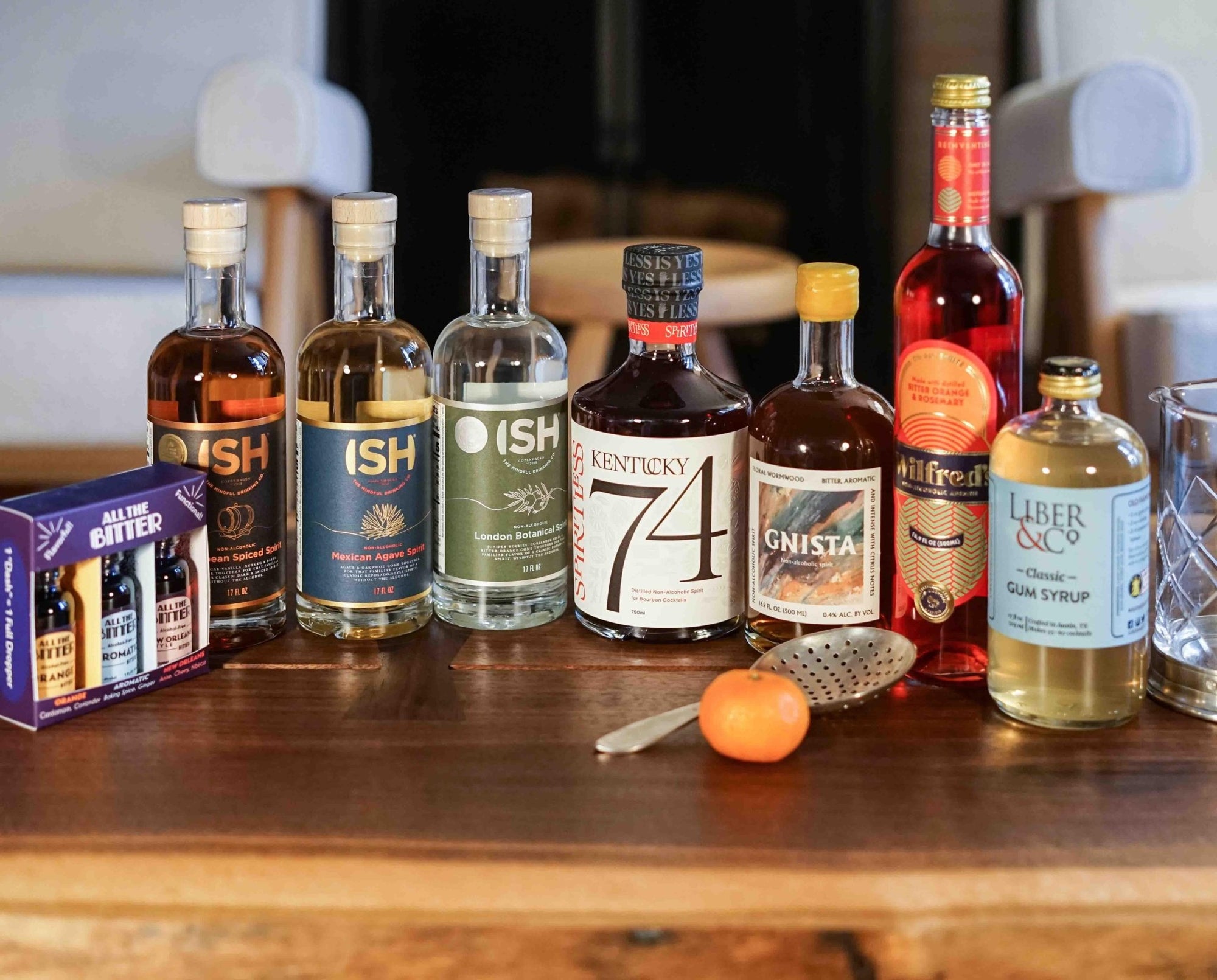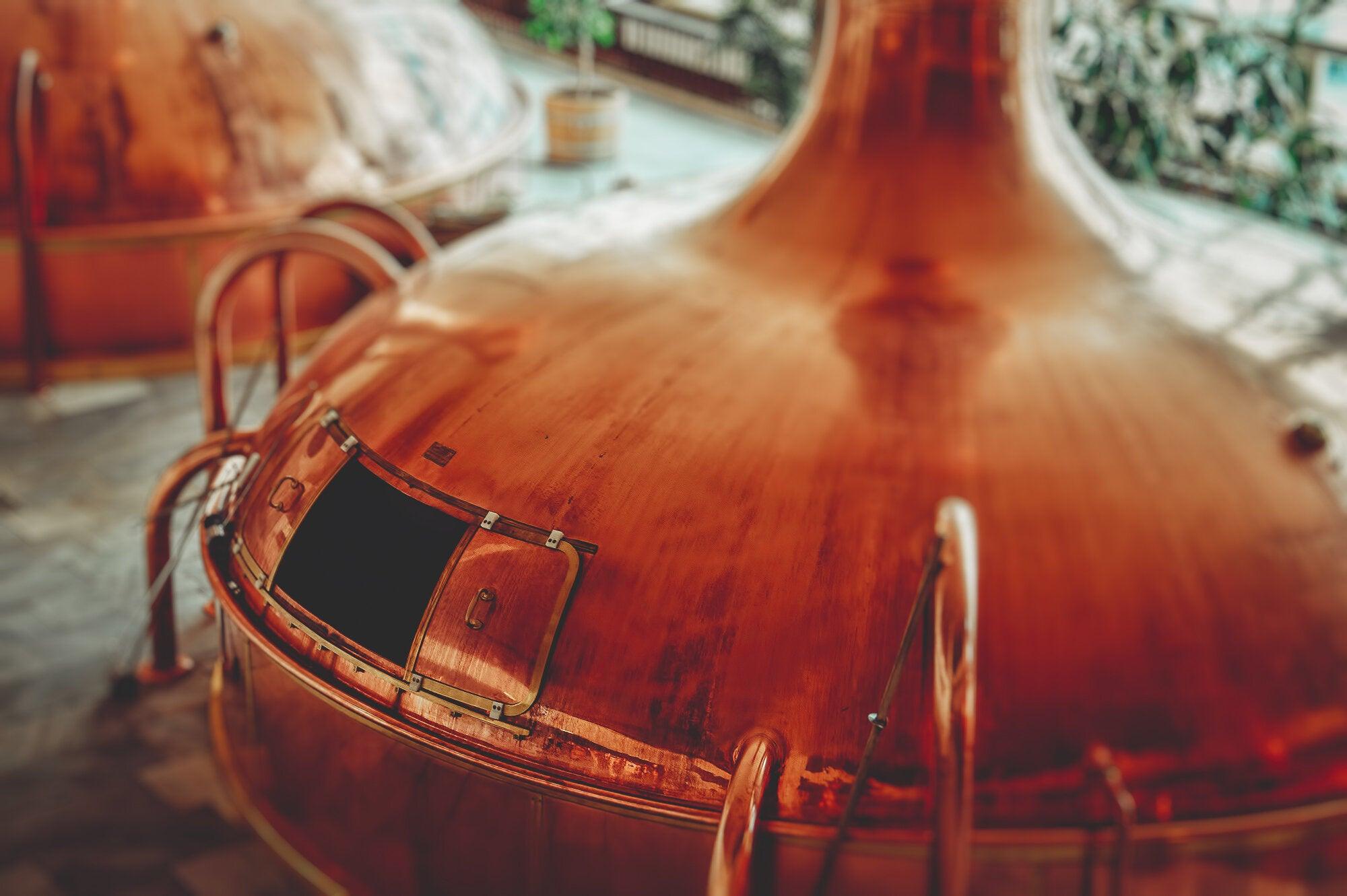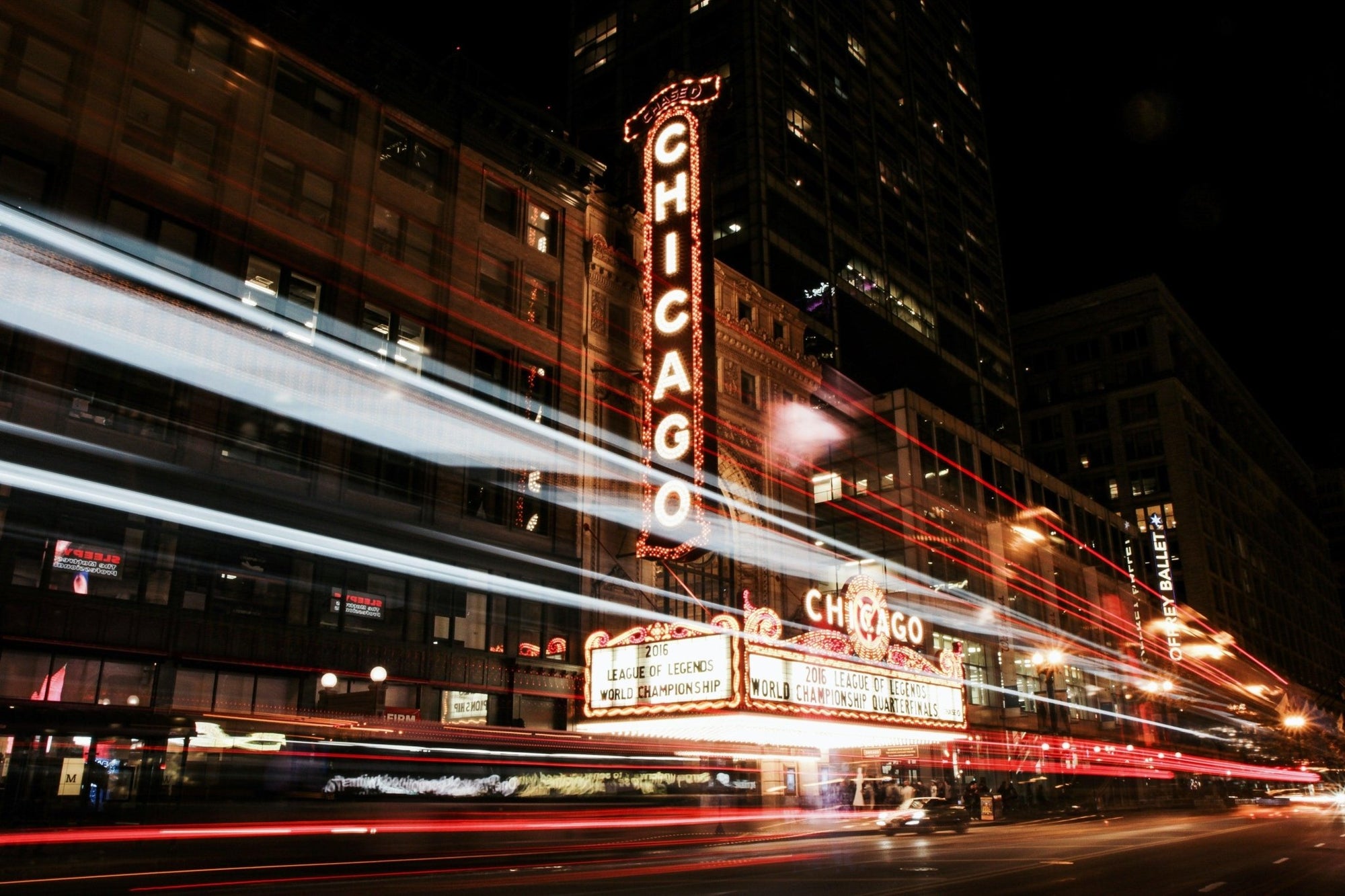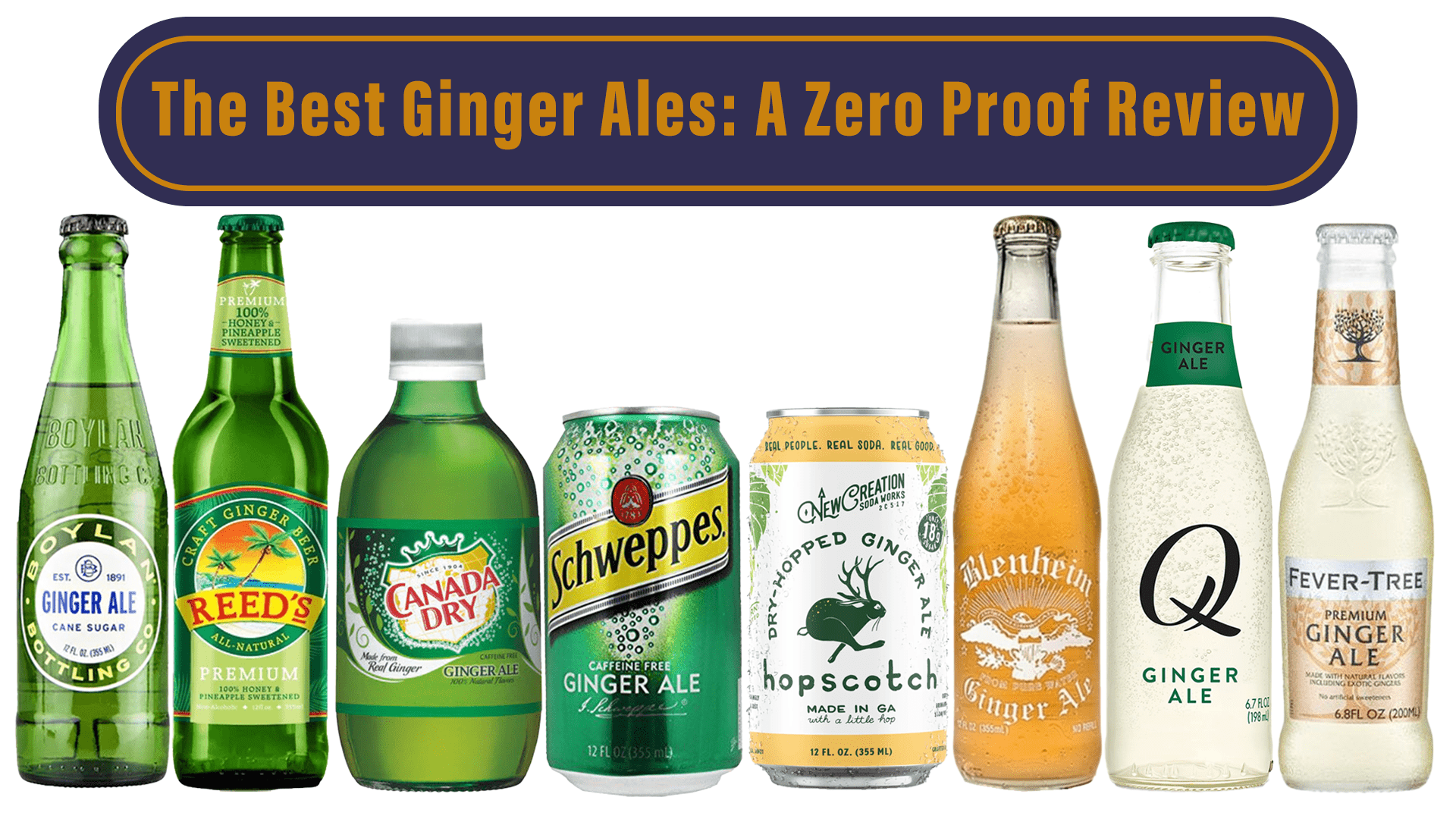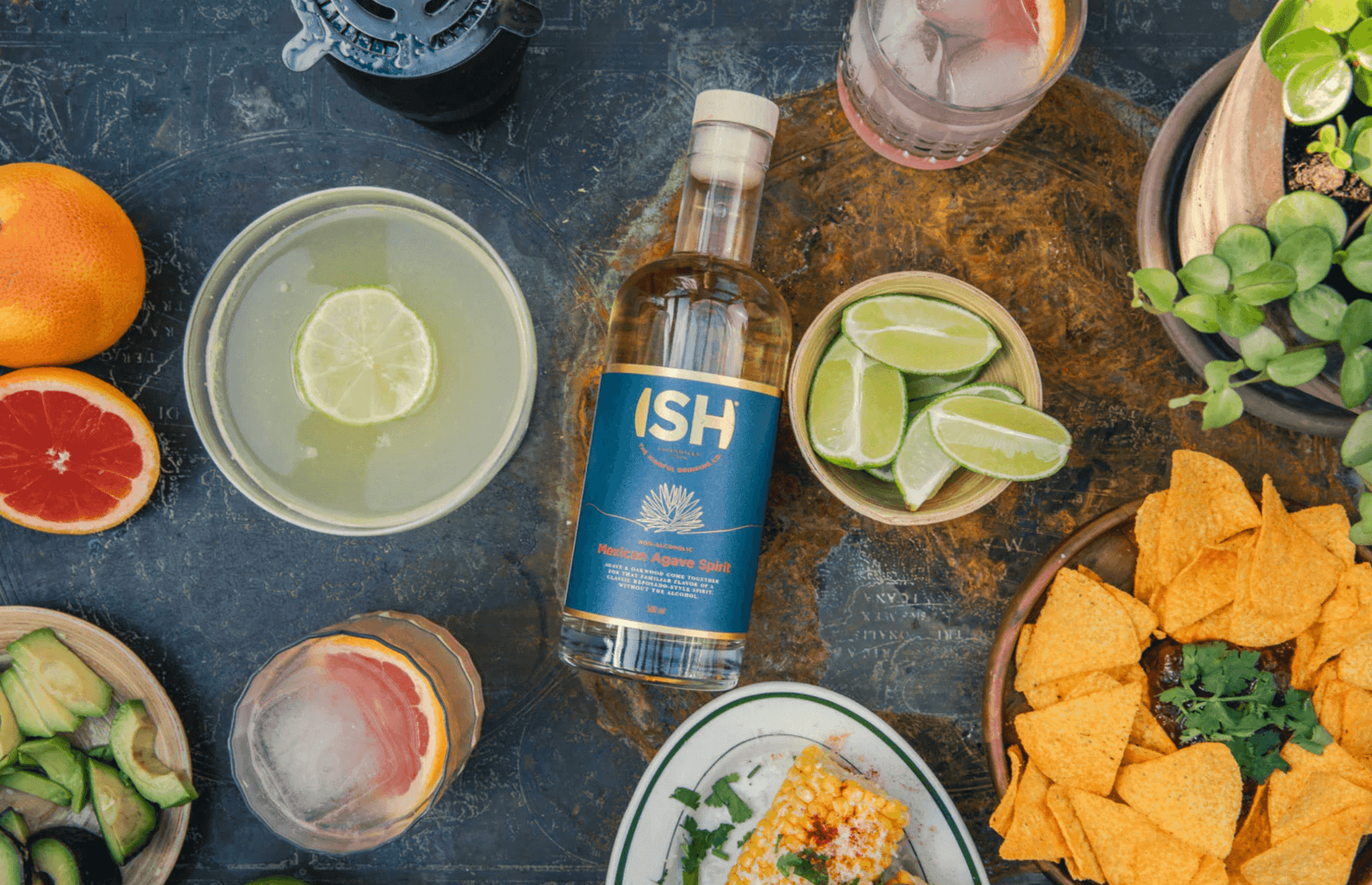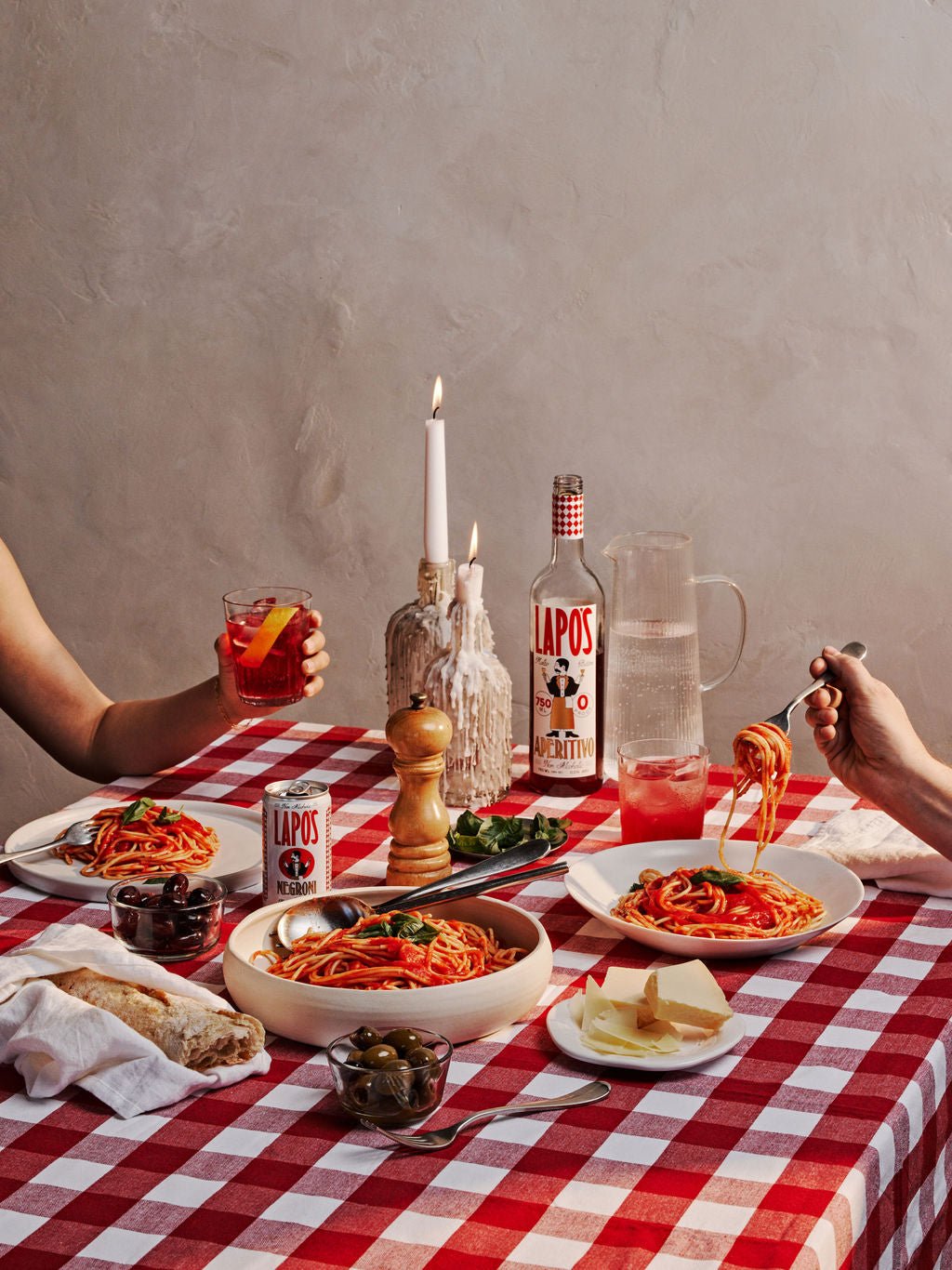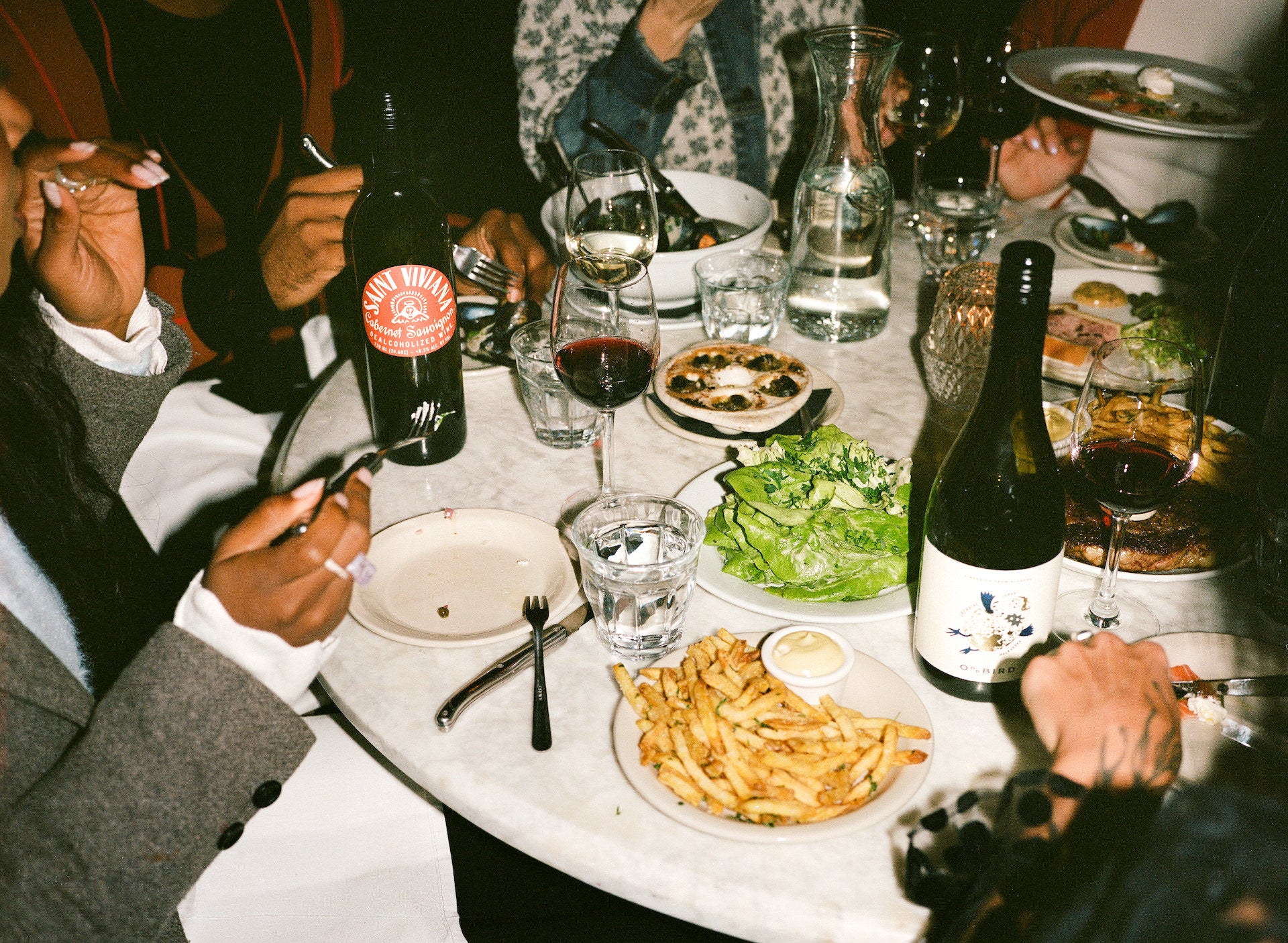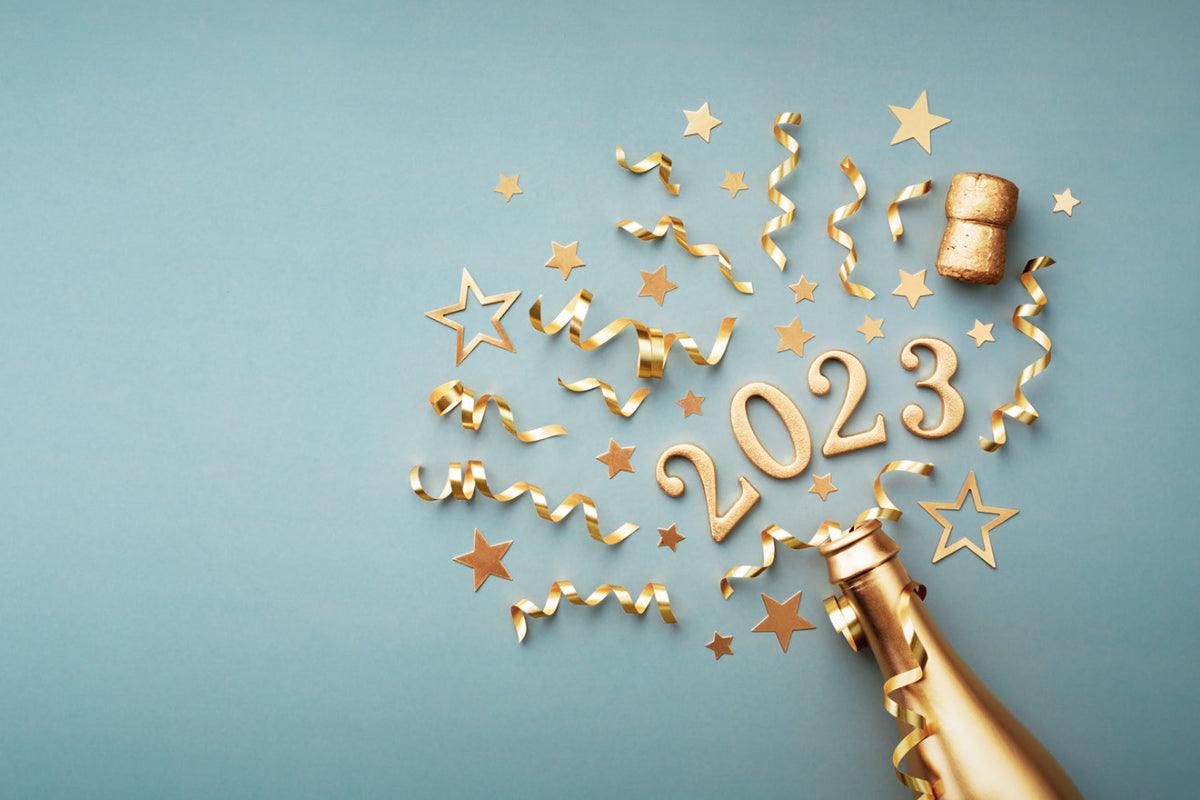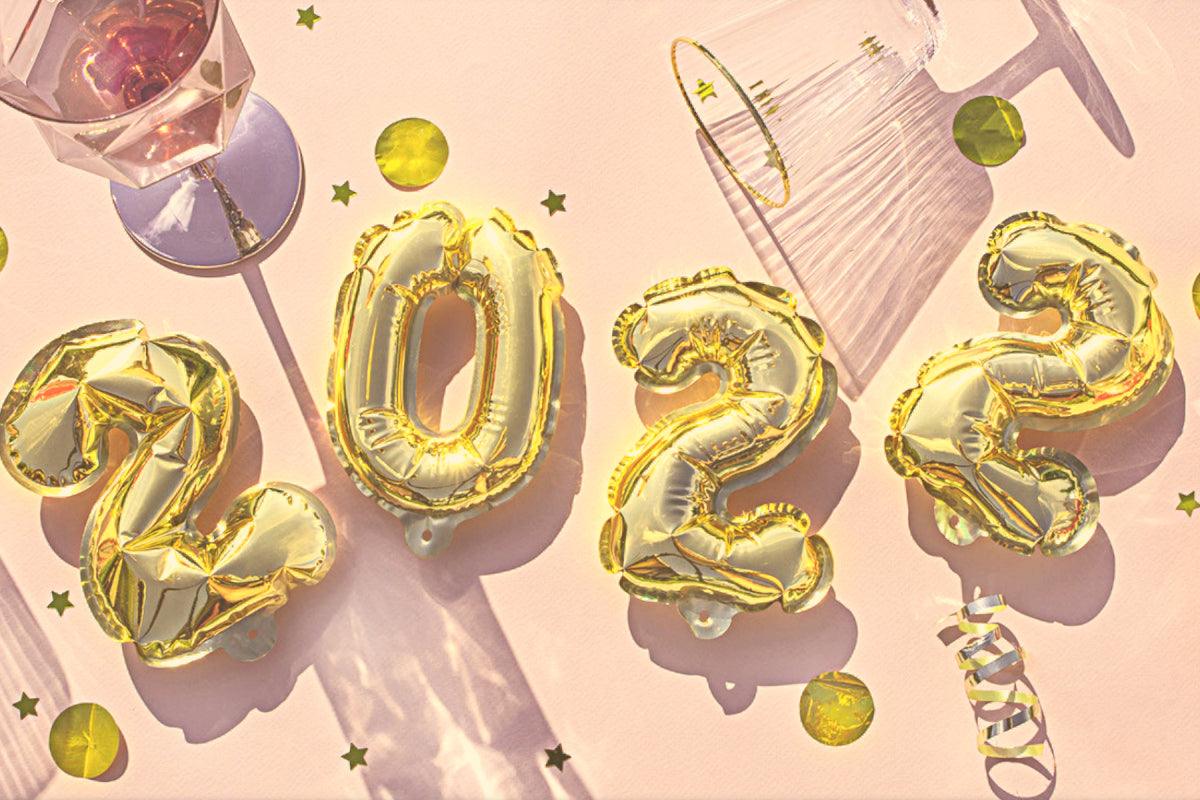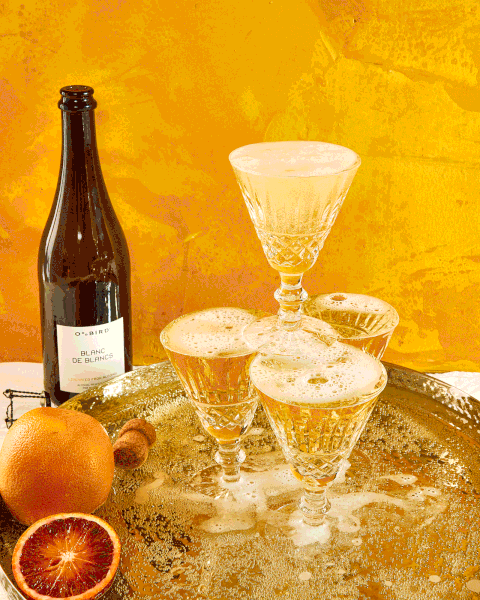WTF is 'Damp January'?
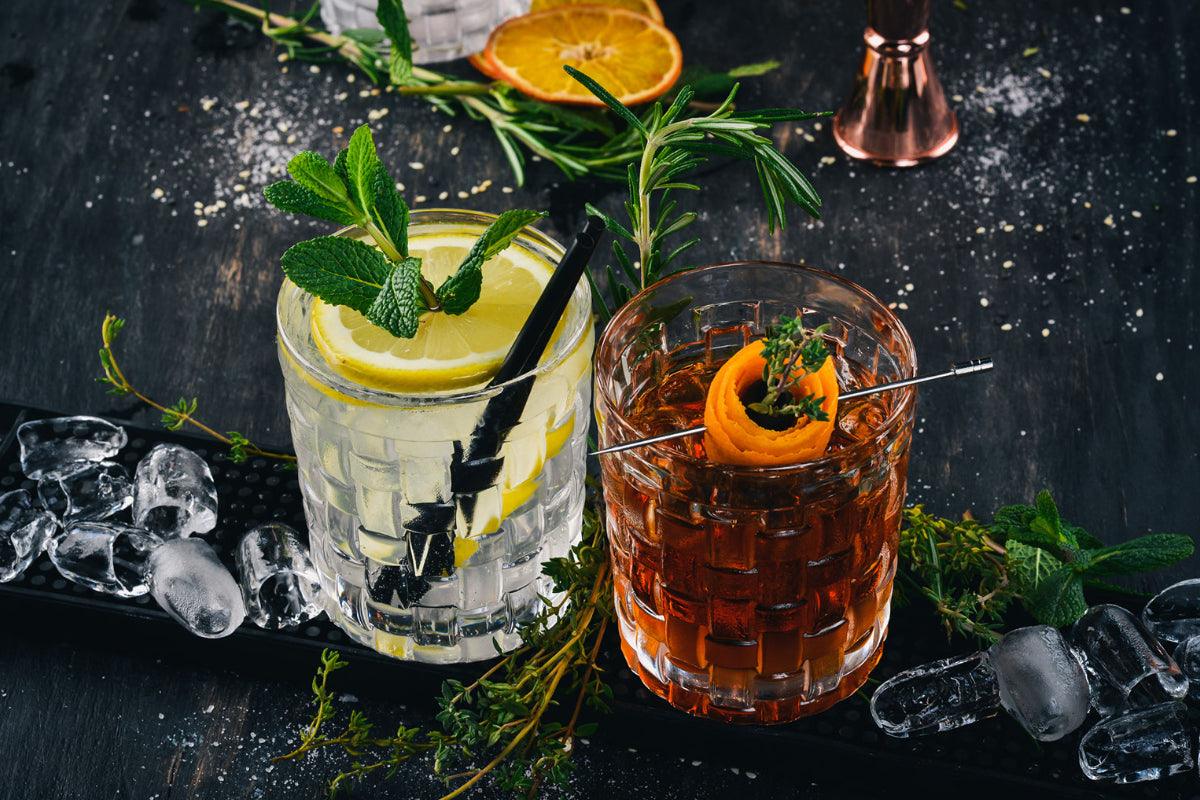
No, that’s not a typo. If you’ve been on TikTok lately (and we have), you’ve probably heard of Damp January. A less intense version of Dry January, when millions of people give up alcohol for a month, Damp January is about reducing drinking without giving up alcohol entirely.
The idea is that consciously keeping track of the number of drinks you've had can reduce your intake over the course of the night, week, and month. For people who have tried and “failed” at Dry January before, Damp January’s less restrictive version might be a better option, since reducing your alcohol intake still has many of the same health benefits.
According to a recent Nielsen survey of non-alcoholic beverage drinkers, 82% of people who enjoy zero-proof drinks still drink alcohol. This statistic comes as no surprise to Kraig Rovensky, the Global Brand Ambassador for The Pathfinder, a non-alcoholic spirits company, as well as the Beverage Director of Seattle bar Life on Mars, and bartender at New York’s Amor y Amargo. According to Kraig, not only do people who drink non-alc often still drink alcohol, they’re frequently doing so in the same night.
The idea behind Damp January is basically the same: participants can enjoy both non-alcoholic and alcoholic drinks in the same evening, week, or just in the same month.
How is Damp January different from Dry January and just… January?
First of all, let’s get the jokes out of the way: Damp January is not what you call it when you were trying to do Dry January but drank a whole bottle of Chardonnay after a stressful day of work. Of course, if that does happen while you’re doing Dry January, it’s totally fine to start over, or to transition to a Damp version for the rest of the month!
Damp January is a transition to mindful drinking from the mindless, top off that glass attitude that defines holiday drinking. This might mean a reset to drinking alcohol less often, and having fewer alcoholic drinks when you do. It can also be a version of Dry January, with carve outs for alcohol at certain events, like a birthday party or wedding, but otherwise drinking non-alc for the rest of the month.
Some people use Damp January as a chance to examine their relationship with alcohol, how they feel with and without it, and to become more aware of how it affects them physically and psychologically.
Maybe you discover that what you really crave is the ritual, and that a generous pour of Gnista Barreled Oak over a big ice cube in a cut crystal old-fashioned glass hits the spot just as well as nursing a whiskey nightcap. You could enjoy your usual cocktail with a lower ABV by combining zero-proof spirits and alcoholic ones, like using ISH's London Botanical Spirit in your martini, but keeping the regular vermouth.
Damp Lifestyle TikTok influencers like Hana Elson confirms that it’s totally normal to drink both on a night out. Elson says that instead of switching to non-alcoholic drinks after her first glass of wine or cocktail, she usually starts with a drink or two without alcohol to see if she even feels like drinking alcohol that night. (Pay attention, bars and restaurants: if you don’t have a good non-alcoholic cocktail on the menu, you’re making soda water money when you could be selling a beautifully crafted $12 non-alc cocktail… or, worse, losing customers altogether!)
Checking in with your body, seeing if you even feel like drinking alcohol rather than ordering out of habit, keeping track of the number of drinks you’ve had, how fast you’re drinking them, and assessing how you’re feeling throughout is the whole point.
If all that self-checking sounds more likely to induce anxiety than inner peace, you don’t necessarily have to do a deep, therapy-level examination of your relationship with alcohol. You could just decide to limit how many drinks you have and try to stick to it.
Doing Damp January can have the same long-term benefits as Dry January
Some people who have failed at Dry January but succeeded at Damp say knowing they are “allowed” to have an alcoholic drink paradoxically makes them less likely to have one. This is consistent with studies showing that restrictive diets can cause people to crave prohibited foods more, and may even result in binge eating, a reaction that likely translates to drinking, as well.
In a piece for Pop Sugar, writer and registered dietician Lauren Manaker writes that failing at Dry January a few years ago led to trying her version of Damp January, allowing herself 2 alcoholic drinks per week. Not only was her experiment a success, but she continued to drink moderately all the way through September the first year, and made it to Halloween in 2022! She drinks mindfully 9 months out of the year, starting with an annual reset in January, after the indulgences of Halloween, Thanksgiving, Christmas, and New Years.
Strategies for Damp January vary from person to person, but the consistent goal is to markedly reduce your alcohol intake for the month, and abstain from binge drinking. For some people, this can mean only drinking for special occasions, cutting out alcohol on weeknights, or replacing most of your alcoholic drinks with non-alcoholic versions.
At The Zero Proof, we encourage everyone to embrace non-alcoholic drinks in whatever capacity works best for them. Whether you're going dry or damp for January or 2023 or forever, we're happy to invite you into this rapidly expanding community.
